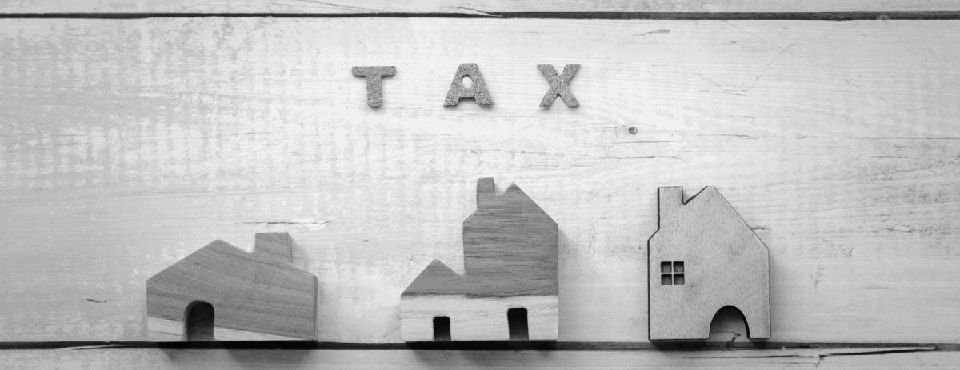Adding a name to a property deed in Florida requires preparing a legally valid deed, ensuring proper execution, and recording the document with the county. This process must follow Florida property laws to ensure the new ownership is recognized and enforceable.
Step 1: Choose the Type of Ownership
Before drafting a new deed, you must decide how the property will be held. Florida law recognizes three main forms of property ownership:
Tenancy by the Entireties – This form of ownership is exclusive to married couples. It provides asset protection by shielding the property from creditors of a single spouse. If one spouse dies, the surviving spouse automatically inherits the entire property without probate.
Joint Tenancy with Right of Survivorship – This ownership structure allows two or more individuals to hold title together. If one owner dies, their share automatically transfers to the surviving owner(s) without probate. This form of ownership is commonly used by family members or unmarried couples.
Tenants in Common – This arrangement allows multiple owners to hold property with distinct shares. Unlike joint tenancy, each owner’s share does not automatically transfer upon death. Instead, it becomes part of their estate and may require probate.
Choosing the right form of ownership is critical to determining how the property will be managed and transferred in the future.
Step 2: Prepare the New Deed
After selecting the type of ownership, the next step is drafting a new deed that includes the additional owner(s). This legal document must be properly structured to ensure compliance with Florida law. The deed should:
- List the current owner(s) and the new owner(s) being added.
- Clearly state the chosen form of ownership.
- Include the legal description of the property, which can be found on the original deed or obtained from the county property appraiser.
Because deed transfers affect legal ownership, it is recommended to have an attorney prepare the deed to avoid costly mistakes.
Step 3: Sign and Notarize the Deed
Once the deed is prepared, the current owner(s) must sign it in the presence of two witnesses. The new owner(s) being added to the deed do not need to sign.
Florida law requires the deed to be notarized for it to be legally valid. Both witnesses must also sign in the presence of the notary. Proper execution ensures that the deed can be recorded and enforced.
Step 4: Record the Deed with the County
The final step is recording the executed deed with the county clerk’s office where the property is located. This step makes the new ownership official and provides a public record of the updated title.
You must pay a documentary stamp tax when filing the deed. The tax will be higher if the property is still subject to a mortgage. Failing to record the deed properly can create legal complications and may prevent the new owner from asserting their property rights.
Sign up for the latest information.
Get regular updates from our blog, where we discuss asset protection techniques and answer common questions.
Please enable JavaScript in your browser to submit the form
Publisher: Source link











